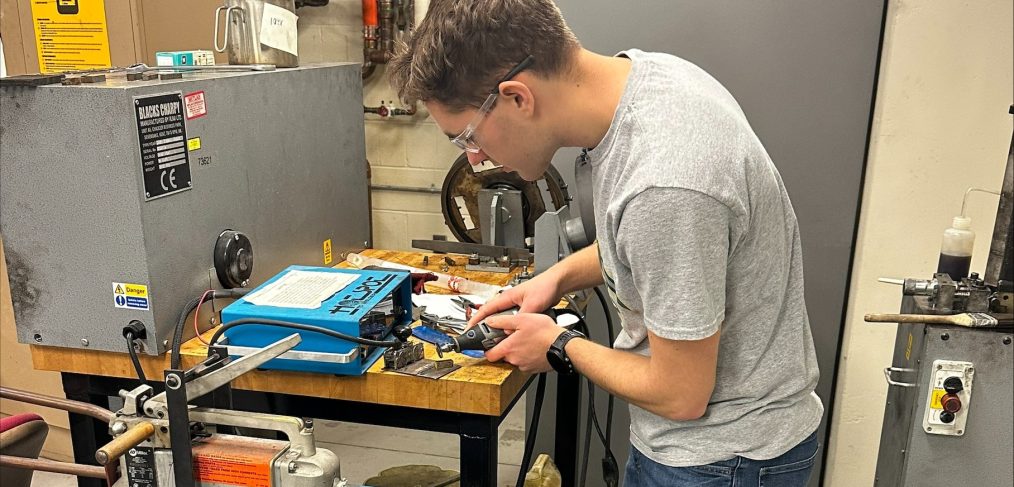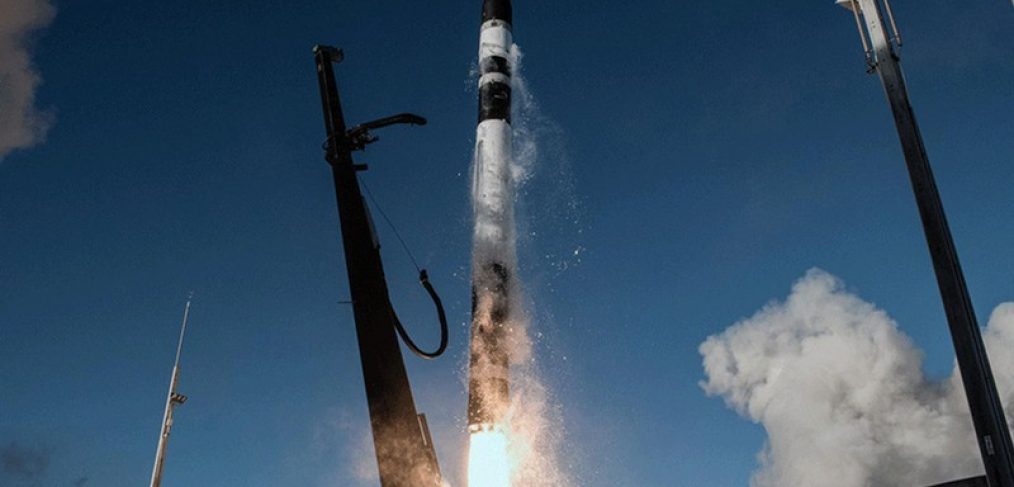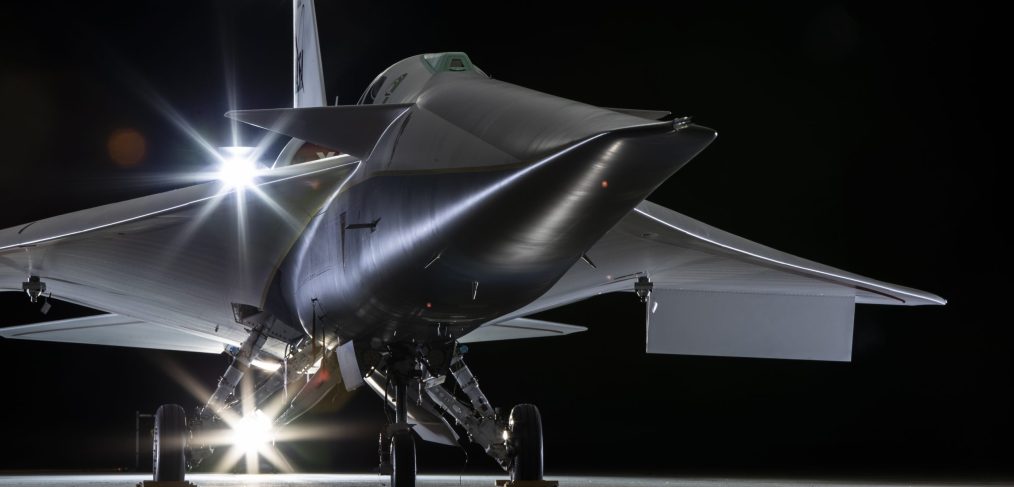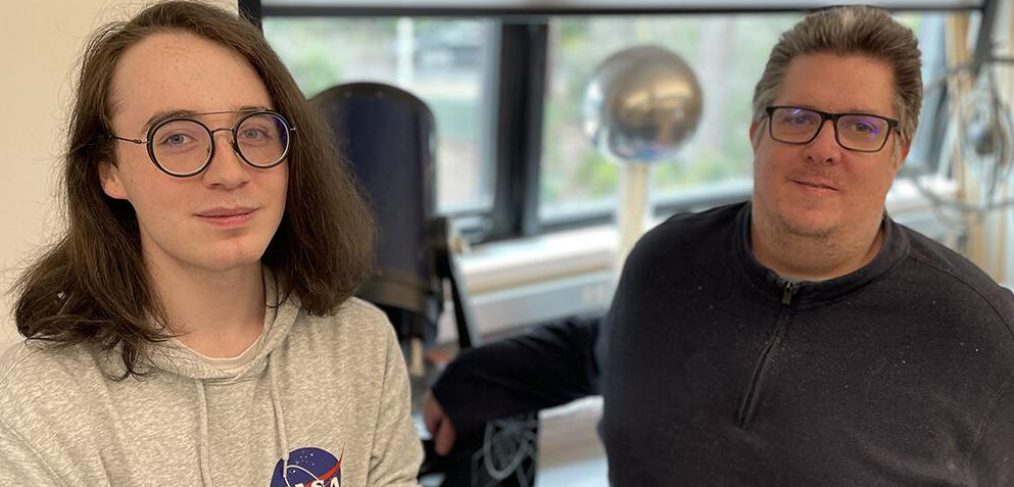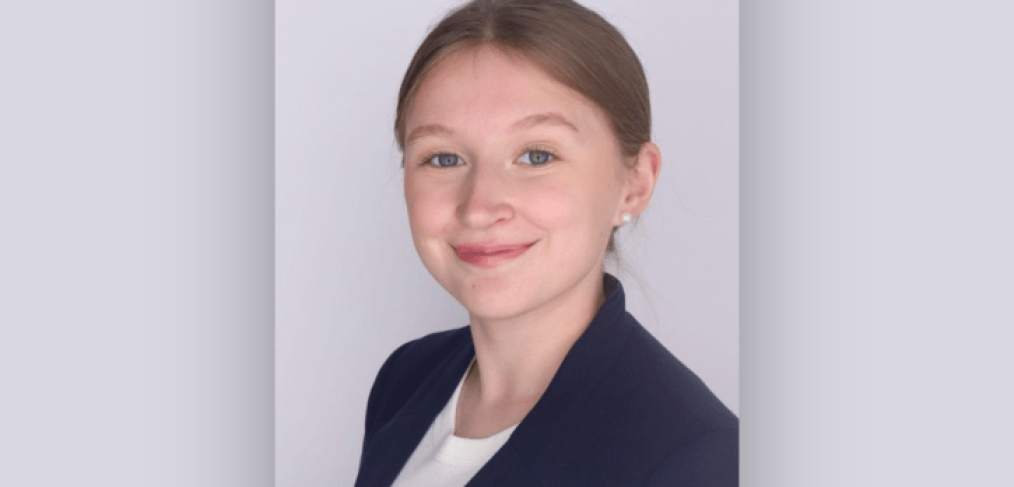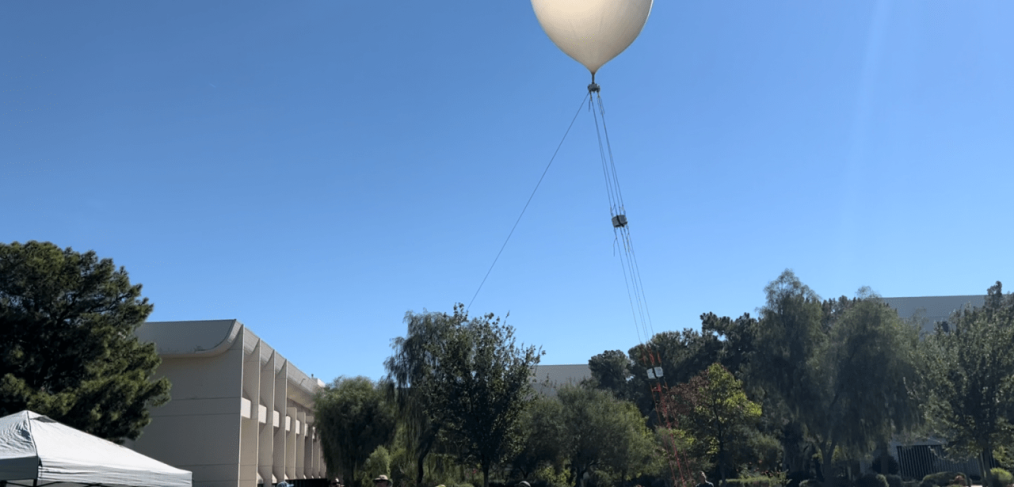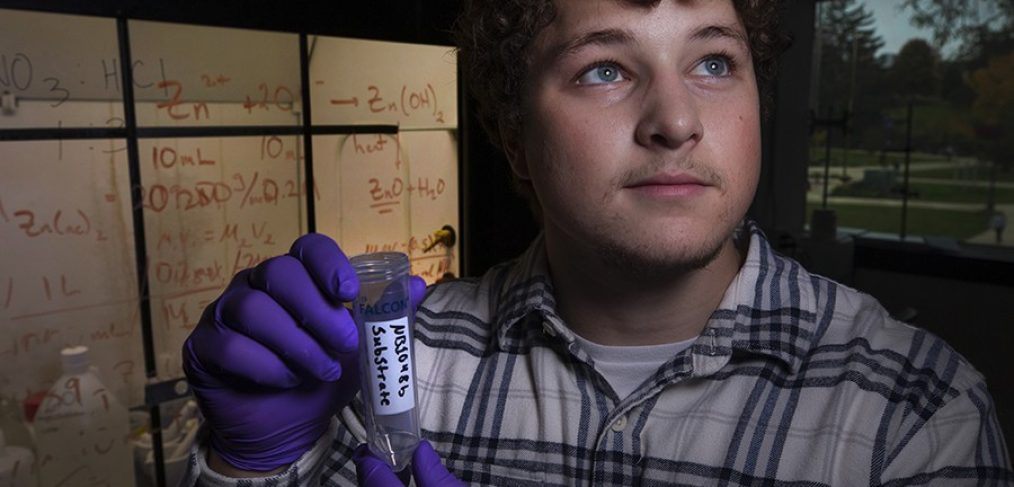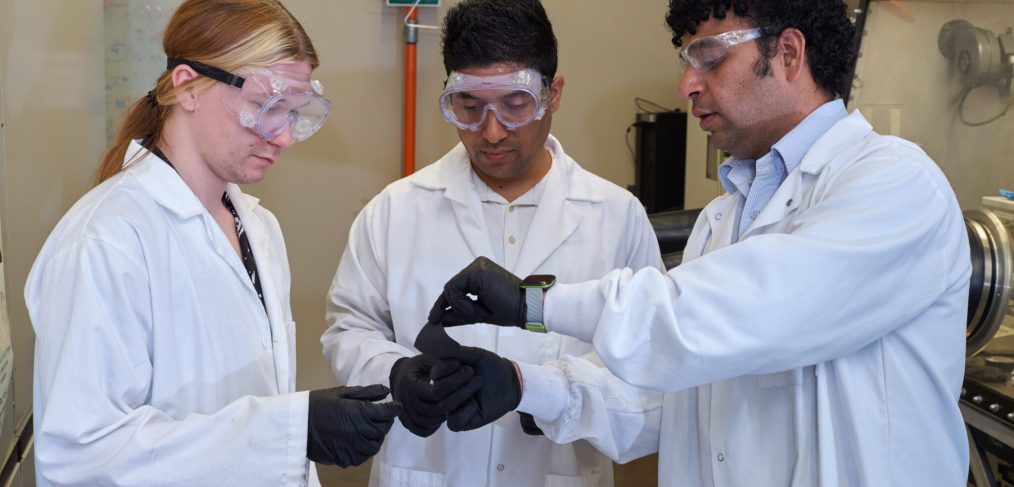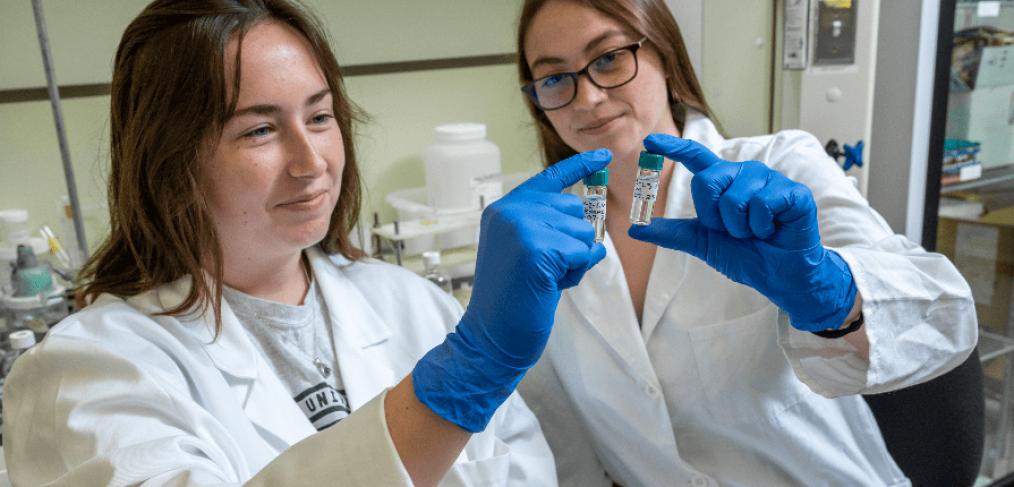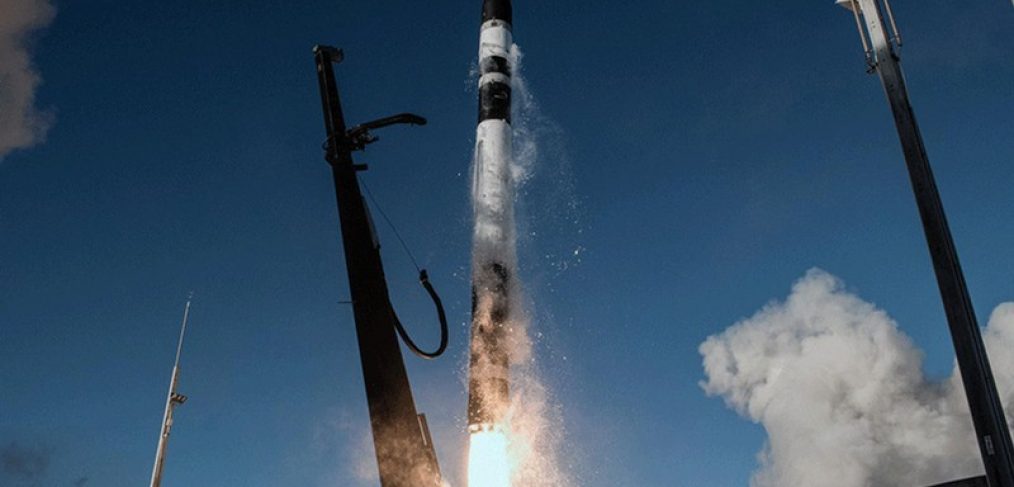Seventeen students from Missouri S&T are conducting NASA-funded research that may directly affect the space agency’s work.
These students are interns and fellows as part of the Missouri Space Grant Consortium, which is administered by Missouri S&T.
Since the National Space Grant College and Fellowship Program was established in 1989, Missouri S&T has led the NASA initiative for the state of Missouri for most of its existence. NASA has one program for each of the 50 states, plus Puerto Rico and Washington D.C., with the goal of further developing the nation’s science, technology, engineering and math (STEM)-related workforce.
Read the full article: on Missouri University of Science and Technology “News and Events.”
Author Credit: Greg Edwards
Image Credit: Ashton Ventura
Original Post Date: December 19, 2023


